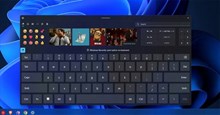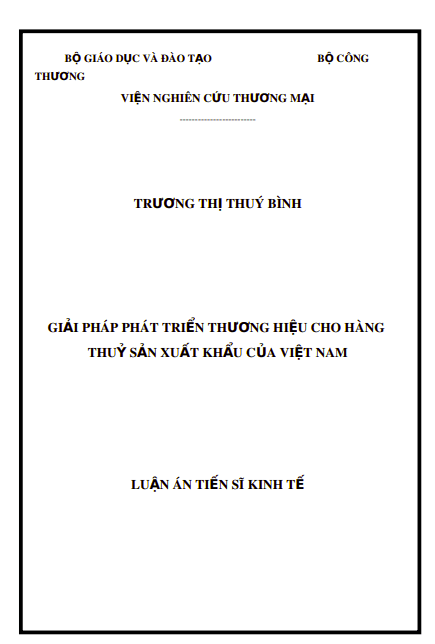Contents
Acknowledgments …………..……………………………………………………… i
Abstract ………………………………………………………………….………… ii
Contents …………………..……………………………………………………….. iii
List of Figures ……………………………………………………………….…….. v
List of Tables ……………………………………………………………..……… vii
Chapter 1. Introduction …………………………………………………….………. 1
1.1. Background ……………………………………………………………….. 1
1.2. Literature review ……………………………………………………….…. 2
1.3. Objectives ……………………………………………….…………….…. 4
1.4. Structure of this thesis ………….……………………….….…………….. 4
Chapter 2. Methodology …………………………………………………..……….. 6
2.1. Audio features for ASC ….………………………………….…………… 6
2.1.1. Time-domain features .……………..…………….……………….. 6
2.1.2. Frequency-domain features…………………………….…………… 8
2.2. Classification models ……………………..……………………………… 11
2.2.1. Traditional machine learning models ……….…………………… 11
2.2.2. Deep learning models …………………….………..……..……… 14
2.3. Evaluation metrics ……………………..………..…….……………….. 20
2.4. Summary …………………………………….……..………………….. 21
Chapter 3. Location estimation of receiver in an audio room …………….……… 23
3.1. Introduction ……………….. ….…………………………..…………… 23
3.2. Methodology…………………………………………………………… 25
3.2.1. Main framework……………………………………….……… 25
3.2.2. Proposed CNN model ……………………………….…..……. 26
3.3. Simulation………………………………………………………..…….. 27
3.3.1. Simulation rooms ………………………………..……….…… 27
3.3.2. Data collection ………………………………….…….………. 31
3.3.3. Feature extraction ………………………………..…………… 32
3.3.4. Simulation results and discussion ………………….…………. 34
3.4. Experiment …………………………………………………………….. 40
3.4.1. Experiment setup …………………………………….……….. 40
3.4.2. Experiment results and discussion …………………………….. 41
FCU e-Theses & Dissertations (2021)
Audio Signal Classification Using Deep Learning Techniques
3.5. Summary ………………………………………………………………. 44
Chapter 4. Abnormality detection in water pumps based on sound analysis ….…. 46
4.1. Introduction .……………………………………………………………. 46
4.2. Methodology …………………………………………………………… 49
4.2.1. Data collection …………………………………..………….… 50
4.2.2. Pre-processing ………………………………………………… 50
4.2.3. Feature extraction …………………………..………………… 52
4.2.4. CNN models …………………………………………………. 54
4.2.5. Balancing the training datasets ……………………………..… 56
4.3. Results and discussion ………………………………………….……… 57
4.3.1. Abnormality detection in a known machine …………..……… 57
4.3.2. Abnormality detection in an unknown machine ……………… 59
4.4. Summary ………………………………………………..……………… 64
Chapter 5. Sound classification for diagnosis of heart valve diseases ………….… 66
5.1. Introduction …………………………………………….……………….. 66
5.2. Related works ………………………………………………………….. 68
5.3. Methodology …………………………………….…………………….. 71
5.3.1. Data collection ……………………………..……….………… 71
5.3.2. Data preprocessing …………………………………………… 71
5.3.3. Feature extraction …………………………………………….. 71
5.3.4. Proposed DL models ……………………………..…………… 73
5.4. Results and discussion ……………………….………………………… 76
5.5. Summary and future works ………………………..…………………… 81
Chapter 6. Conclusion and future works …………………………………….…… 82
6.1. Conclusion ………………………..….……………….………………… 82
6.2. Future works …….………………………..………………..…………… 83
References ………………………………………………………………………… 84
Biography …………………………………………………………………………. 98
List of publicactions ………………………………………………………………. 99













